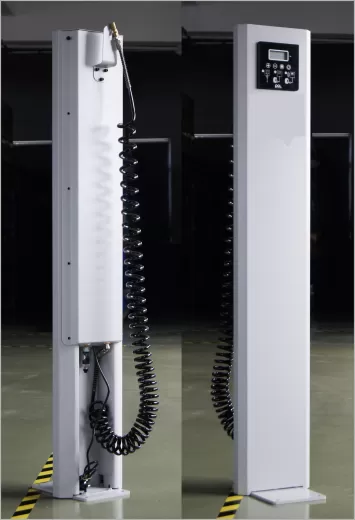Services

Custom Fit Design
1. Provide 2D and 3D drawing creation.
2. Optimize flat pattern development (considering bend factors and material utilization).
3. DFM (Design for Manufacturability): Evaluate design rationality to avoid manufacturing difficulties.

Strong Protection
Use quality metal materials
Weld or assemble parts securely
Apply protective surface coating
Services
The chassis and cabinets are key structural components in the fields of electronic devices, communication base stations, and industrial control. Their manufacturing processes need to balance precision, strength, heat dissipation, and other functions. Below is the manufacturing process of chassis and cabinets from design to finished products, as well as the key technical points:
Design & Planning: Create CAD drawings to plan the size, shape, and features of the cabinet.
Cutting: Use laser or punch machines to cut sheet metal into the required parts.
Bending & Forming: Bend the cut parts into shape using CNC press brakes.
Welding & Assembly: Weld or fasten the parts together and install needed components.
Surface Finishing: Clean and coat the cabinet (e.g., powder coating) to prevent rust and improve appearance.

Services
Common Issues and Solutions in Chassis Cabinets Fabrication:
Why does the cabinet panel sometimes bend or warp during production?
This usually happens due to too much heat from welding or using thin metal. To fix it, use the right material thickness and control the heat during welding.
Why don't the cabinet parts fit together properly?
Poor fit often comes from inaccurate cutting or bending. Using precise machines like laser cutters and checking measurements carefully can solve this issue.
How can I stop the cabinet from rusting or getting surface damage?
Rust or damage can come from dirty surfaces or poor coating. Clean the metal well before coating and use quality paint or plating to protect it.